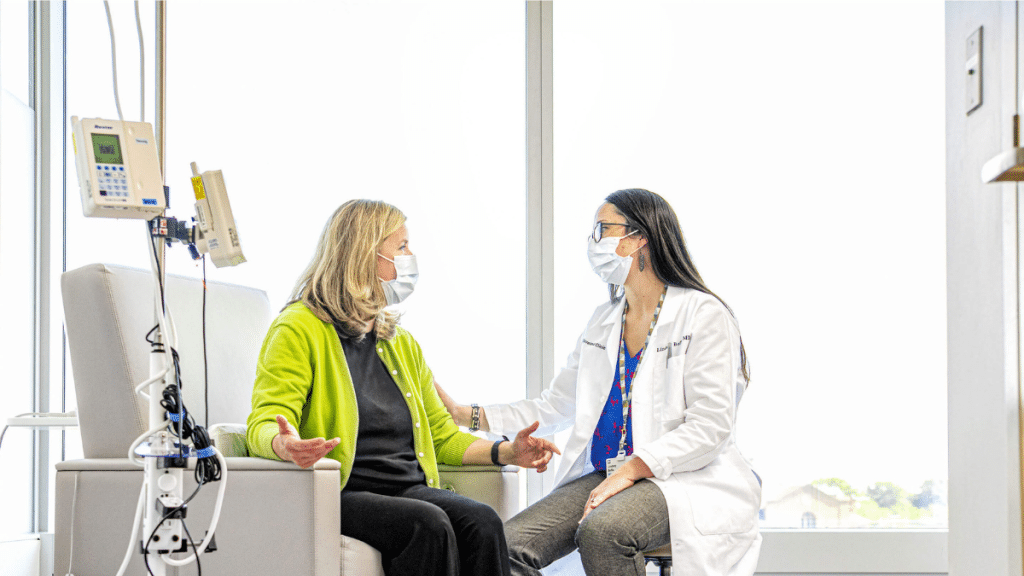The pressures of modern healthcare often inadvertently squeeze out the time and space needed for meaningful patient interaction. Mounting administrative tasks, the sheer volume of patients, and the increasing reliance on digital records can create an environment where genuine listening becomes a secondary concern. This erosion of attentive listening can have significant consequences. Misunderstandings can arise, crucial details about a patient’s experience might be missed, and the vital trust between doctor and patient can erode. When individuals seek a primary care physician Sarasota, they are often looking for a partner in their health journey, someone who takes the time to understand their unique needs and concerns, not just their symptoms.
Unveiling the Full Picture: Listening to the Narrative
True healing extends beyond addressing a list of symptoms; it involves understanding the intricate tapestry of a patient’s life. Their emotional well-being, their social support system, and their daily habits – all these factors can significantly influence their health. Active listening provides the key to unlocking this crucial information. By patiently hearing a patient’s story, healthcare providers can gain insights that standard medical questionnaires might overlook. For instance, the stress of a demanding job or difficulties within a family might be contributing to physical ailments. While walk-in clinics in Sarasota offer immediate care for acute issues, they may not always have the capacity for this deeper exploration of a patient’s narrative.
The Empathetic Toolkit: Skills That Build Bridges
Empathetic communication is not an innate talent but a set of skills that can be learned and cultivated. It involves more than just hearing words; it requires paying close attention to non-verbal cues, maintaining consistent eye contact, and using open-ended questions that encourage patients to elaborate on their concerns. Reflecting what a patient has said to ensure understanding and summarizing their key points demonstrates that their words are truly being absorbed. Creating a calm and reassuring environment where patients feel safe to express their vulnerabilities is also paramount. Clinics like Osprey Polyclinic likely invest in training to equip their staff with this essential empathetic toolkit.
The Art of Caring: Listening as the Ultimate Medicine
In the intricate dance of healthcare, where science and compassion intertwine, the simple act of listening emerges as a powerful, often underestimated, element of healing. It transcends the mere exchange of information, creating a genuine human connection that can alleviate anxiety, build trust, and ultimately contribute to more effective care. The best clinics understand that true healing isn’t just about fixing what’s broken; it’s about acknowledging the whole person, validating their experiences, and offering the unwavering patience of someone who truly cares. By prioritizing this fundamental aspect of human interaction, healthcare can move beyond simply treating diseases to fostering genuine well-being.
| Communication Technique | Osprey Polyclinic Training Prioritization |
| Active Listening Skills | Regular workshops focusing on techniques like maintaining eye contact, nodding, verbal affirmations (“I understand”), and minimizing interruptions. Role-playing scenarios to practice these skills in a safe environment with feedback from trainers and peers. |
| Open-Ended Questioning | Training sessions emphasizing the shift from closed (“yes/no”) questions to open-ended prompts (“Tell me more about…”, “How does that make you feel?”). Providing examples of effective open-ended questions for various medical scenarios. |
| Empathy and Validation | Interactive sessions exploring the concept of empathy and its importance in patient care. Techniques for acknowledging and validating patient feelings (“It sounds like you’ve been going through a lot”). Case studies and discussions on how to respond empathetically to challenging patient situations. |
| Non-Verbal Communication | Training modules on interpreting and utilizing positive non-verbal cues such as body language, facial expressions, and tone of voice. Emphasis on creating a welcoming and approachable demeanor. |
| Reflecting and Summarizing | Practice exercises on accurately reflecting the patient’s understanding of their situation and summarizing their concerns to ensure clarity and demonstrate attentiveness. Techniques for concisely capturing the essence of a patient’s narrative. |
| Cultural Sensitivity | Ongoing training on cultural nuances in communication and healthcare beliefs. Strategies for adapting communication styles to respect diverse patient backgrounds and ensure effective understanding. |
| Time Management (with Empathy) | Workshops on balancing efficient information gathering with the need for patient-centered listening. Strategies for structuring consultations to allow for both thoroughness and empathetic interaction. |
Empowering Patients Through Voice: Fostering Active Participation
When patients feel truly heard, they are more likely to become active participants in their care. They feel empowered to ask questions, express their preferences, and collaborate with their healthcare providers in making decisions about their treatment. This sense of partnership can lead to greater adherence to treatment plans, improved self-management skills, and ultimately better health outcomes. Listening fosters a sense of agency, reminding patients that their voice and their perspective matter.
Conclusion
In the intricate dance of healthcare, where science and compassion intertwine, the simple act of listening emerges as a powerful, often underestimated, element of healing. It transcends the mere exchange of information, creating a genuine human connection that can alleviate anxiety, build trust, and ultimately contribute to more effective care. The best clinics understand that true healing isn’t just about fixing what’s broken; it’s about acknowledging the whole person, validating their experiences, and offering the unwavering patience of someone who truly cares. Even in settings focused on efficiency, such as some walk in clinics Sarasota, the commitment to listening can significantly enhance the patient experience. By prioritizing this fundamental aspect of human interaction, healthcare can move beyond simply treating diseases to fostering genuine well-being.
